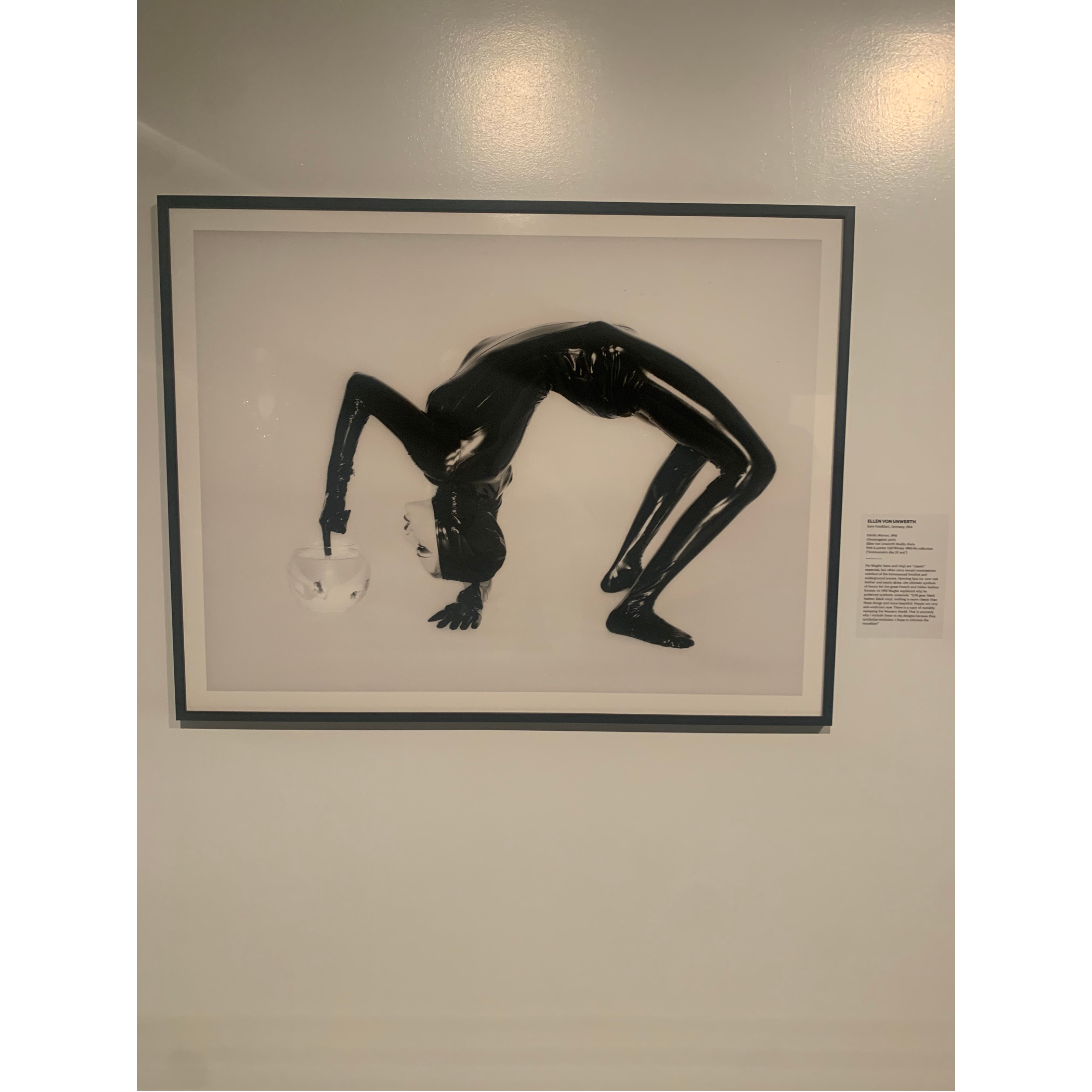Thierry Mugler: Couturissime at the Brooklyn Museum
The beginning and the end of “Thierry Mugler: Couturissime” at the Brooklyn Museum alludes to the themes of performance, production, and the sanctity of the stage. Mugler, who, much more than designer, has established his identity at looking beyond the clothing itself and at the space, the emotions, and the people the clothing represents. The designs then enter this fantastical sphere and transform the way we see power, sexuality, and eroticism. Much like the stage, Mugler’s retrospective carries the transcendental quality of shifting the way women are seen. That is, women are not meant to be seen, but o be, with all their valor.
Manfred Thierry Mugler (1948-2022) was a French fashion designer, and an incredible creative, who launched his eponymous label in the 1970s. Mugler joined the ballet at the age of 14, for the Rhin Opera, which furthered his intrigue for performance and the theatrical element of design. Following a freelance career in fashion design, Mugler debuted his first collection “Café de Paris” in 1973, which then drew Melka Tréanton, a fashion editor, to back him with his further collections.
Mugler’s collections drew upon the extravagance of elegance, and each exhibit exemplifies that. Sci-Fi and alien themes included goggle-like sunglasses, massive shoulder pads, and metal armor in both suit and corset form. The uses of latex were a new natural to highlight the erotic of elegance in women. Sharp, other-worldly hats worked in harmony with delicately considered flared suits. Jewel, and more jewels covered bodices to embody the spirit of performance. And, of course, Mugler’s muses of insects, and particularly butterflies, provided the foundation for some remarkable and groundbreaking silhouettes.
Mugler retired from fashion in 2002 to focus on other creative endeavors, such as photography, direction, stage production, and costume design. Among these included his costume design and artistic advising for Beyoncé and the custom design of Kim Kardashian’s “wet couture dress” for the Met Gala in 2019.
With each room being so individualistic, Mugler’s clothing becomes the complete manifestation of every person in the room. The iconic tire dress from Spring ‘97 becomes this complete punk diva while the poetic erotica of the derriere cut-out dress from Fall ‘95 serves as a transition to the woman being the sex subject. The photographs of the designs taken by Helmut Newton, Ellen von UnWerth, Mario Testiano, and David LaChappelle establish the transcendental quality of Mugler’s designs becoming pop culture itself. Even the mannequins, though simply start as mannequins, become embodied in the spirit of Mugler’s magnificent dreams through the use of poise, stature, and dress.
For Mugler, couture wasn’t just how the dress fit. Couture was how the model walked down the runway, where the light hit the dress and the jewelry, and how would the dress then exemplify the strength and beauty of hyper-femininity. For Mugler, it was his love for theatrics and for the stage to bring these dreams into marvelous visions. And as one walks through the exhibit, you see the stage built to let the designs play the best of characters.
Article by Sahana Srinivasan, Contributor, PhotoBook Magazine
Tearsheets by Alexa Dyer, Graphic Design Coordinator, PhotoBook Magazine







